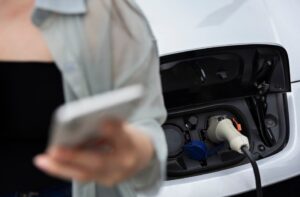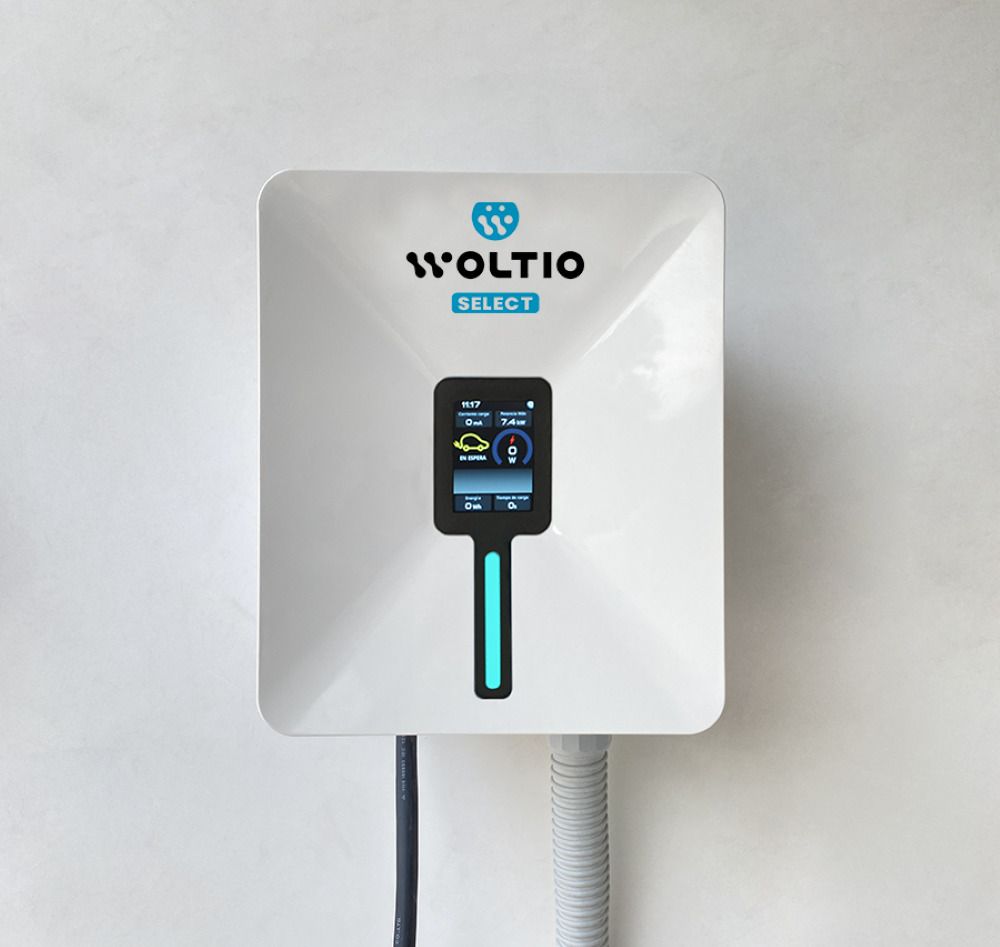
What happens if the power goes out while you’re charging your car?
By simply looking around nowadays, we can clearly see that we live in a world increasingly focused on reducing the
Política de cookies
Con el objetivo de mejorar tu experiencia en nuestra web, y poder mejorarla, usamos cookies propias y de terceros. Si no tienes inconveniente al respecto, simplemente haz clic en «Aceptar todo» o, si lo deseas, selecciona qué tipo de cookies permites que almacenemos haciendo clic en «Ajustes». Lee nuestra política de cookies
We use cookies to help you navigate efficiently and perform certain functions. You will find detailed information about all cookies under each consent category below.
The cookies that are categorized as "Necessary" are stored on your browser as they are essential for enabling the basic functionalities of the site. ...
Necessary cookies are required to enable the basic features of this site, such as providing secure log-in or adjusting your consent preferences. These cookies do not store any personally identifiable data.
No cookies to display.
Functional cookies help perform certain functionalities like sharing the content of the website on social media platforms, collecting feedback, and other third-party features.
No cookies to display.
Analytical cookies are used to understand how visitors interact with the website. These cookies help provide information on metrics such as the number of visitors, bounce rate, traffic source, etc.
No cookies to display.
Performance cookies are used to understand and analyze the key performance indexes of the website which helps in delivering a better user experience for the visitors.
No cookies to display.
Advertisement cookies are used to provide visitors with customized advertisements based on the pages you visited previously and to analyze the effectiveness of the ad campaigns.
No cookies to display.

Although electric car chargers are devices designed to be robust and reliable, keeping them in good condition is crucial to ensure optimal performance and prolong their service life.
If you want your electric car charger to be in a good shape, take a look at these tips to extend its service life:
Periodic checks of the charger are essential. Take a few minutes to make sure there are no signs of wear, cable damage or loose connections. Also check the casing for cracks, burns or moisture. The material of the charger plays a key role in its durability. In this regard, unlike conventional chargers with plastic casings, WOLTIO models are built with a more robust structure, making them one of the most resistant and reliable options on the market.
Performing these checks periodically will allow you to detect any anomaly in time. If any damage is found, it is advisable to contact a professional or the manufacturer’s technical service. Do not attempt to repair the internal components yourself, as this could aggravate the situation or put your safety at risk.
Dust and dirt are the archenemies of electronic devices. Keeping your charger clean is essential to ensure proper operation. Use a soft, slightly damp cloth to clean the outer surface of the device. Avoid using abrasive products or excessive liquids, as they can damage the components or the device’s casing.
If the area where you install your charger is prone to accumulation of dust or moisture, be sure to clean the area and, if possible, protect the equipment with a cover that prevents the entry of unwanted elements.
It is important to know your charger thoroughly to know how to clean it. If you are a WOLTIO customer and have one of its chargers for electric cars, you can get to know all its details in depth and count on the advice of its team of specialists to know how to keep it in optimal conditions.
The proper use of the charger is essential to prolong its useful life. Be sure to follow the manufacturer’s instructions at all times. These instructions are designed to optimize the device’s performance and avoid unnecessary damage. Among the most important aspects are:
Cables are a critical part of the charging system. Over time, constant use can cause them to wear out or damage the insulation. It is vital that you regularly inspect the cables and connections. Look for signs of abrasion, cuts or discoloration on the cable jacket. If you find any problems, it is best to replace the cable or have it serviced.
The connections should be tight and free of signs of corrosion. If you notice any rust or dirt accumulated on the plugs, clean them carefully with a dry cloth. Poor contact can cause inefficient charging and even safety hazards, so it is essential that these elements are in optimal condition.
Overheating does not go well with electronic devices, and is often the result of poor maintenance. If the charger gets too hot, it can damage the internal components and significantly shorten its lifespan. To avoid this, it is important that you pay attention to these aspects:
Each electric car charger comes with a user manual containing specific instructions for use and maintenance. It is important that you read and follow these recommendations to the letter. Manufacturers have designed these devices with various conditions of use and environments in mind, so the instructions they provide are the best guide for taking care of your equipment.
The manual includes aspects such as recommended maintenance intervals, ideal environmental conditions and warnings about improper use. Don’t ignore this information, as it can prevent problems and help you identify when a more thorough overhaul is needed.
In addition to visual inspections and cleaning, it is advisable to perform more comprehensive preventive maintenance. This may involve taking the charger to a specialized service center for an internal check-up.
During this maintenance, a professional can check the condition of the electronic components, update the device’s firmware if necessary and ensure that all safety systems are working properly.
The frequency of preventive maintenance may vary depending on usage and environment. If you use the charger intensively or in extreme conditions, it may be necessary to perform this check annually or even semi-annually. Consult with the manufacturer or service provider to define the appropriate interval.
While many chargers are designed to operate outdoors, not all are equally resistant to inclement weather. Prolonged exposure to rain, snow or even dusty environments can deteriorate components. To protect your charger, consider the following measures:
Keeping detailed maintenance records for your loader can be very useful. Write down the dates you perform inspections, cleanings and any technical interventions. This record will help you keep track of the device’s condition and identify recurring patterns or problems. In addition, having this information can be of great help in case you need technical assistance or when claiming warranty.
These records do not have to be complicated; a simple notebook or spreadsheet may be sufficient to store this information. The important thing is to make sure you update it every time you perform maintenance or repairs.

By simply looking around nowadays, we can clearly see that we live in a world increasingly focused on reducing the

Smart charging is already for many a prerequisite when charging their electric car. Thanks to the performance of smart chargers,

In recent years, the rise of electric vehicles has brought with it numerous advances in technology and solutions for recharging